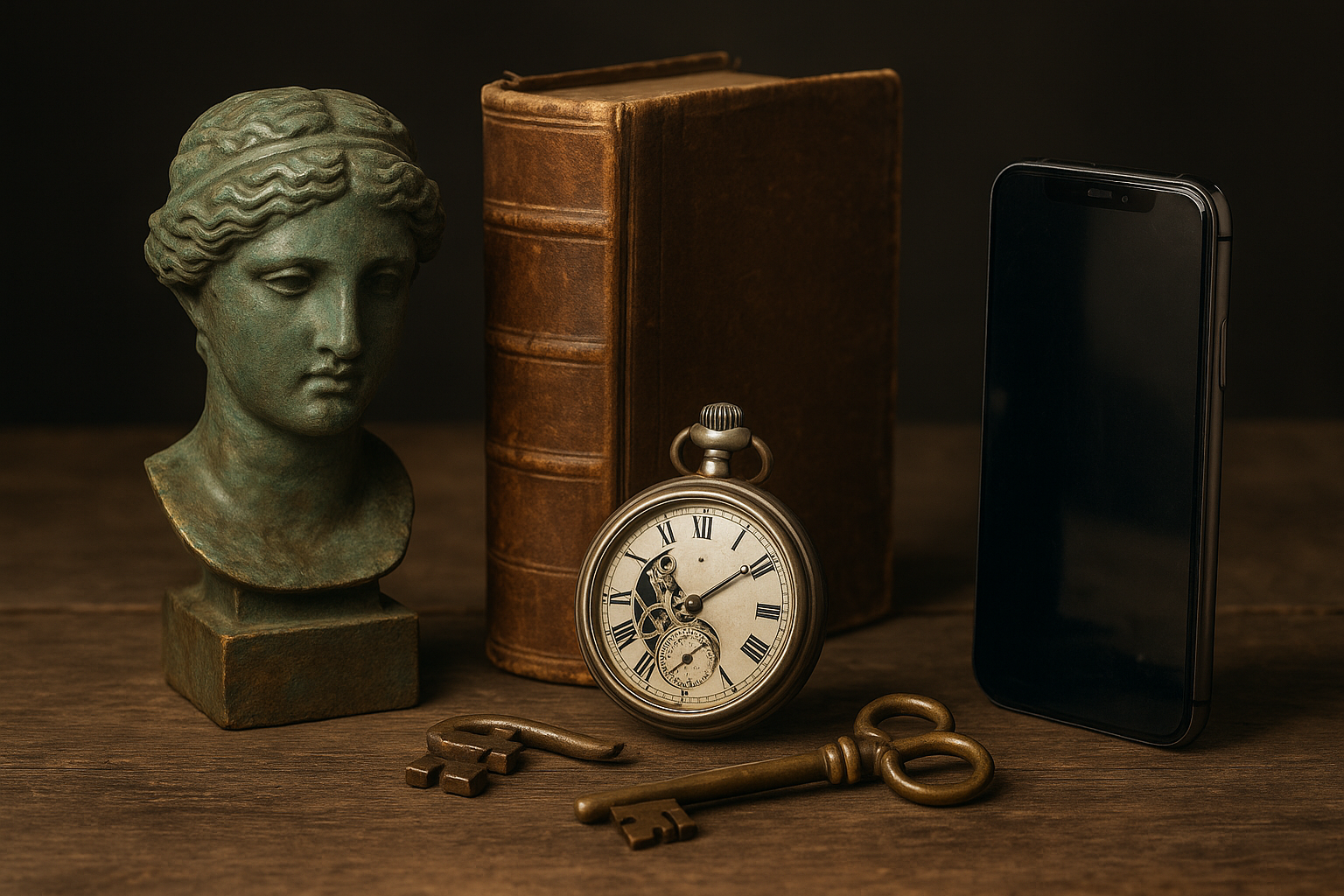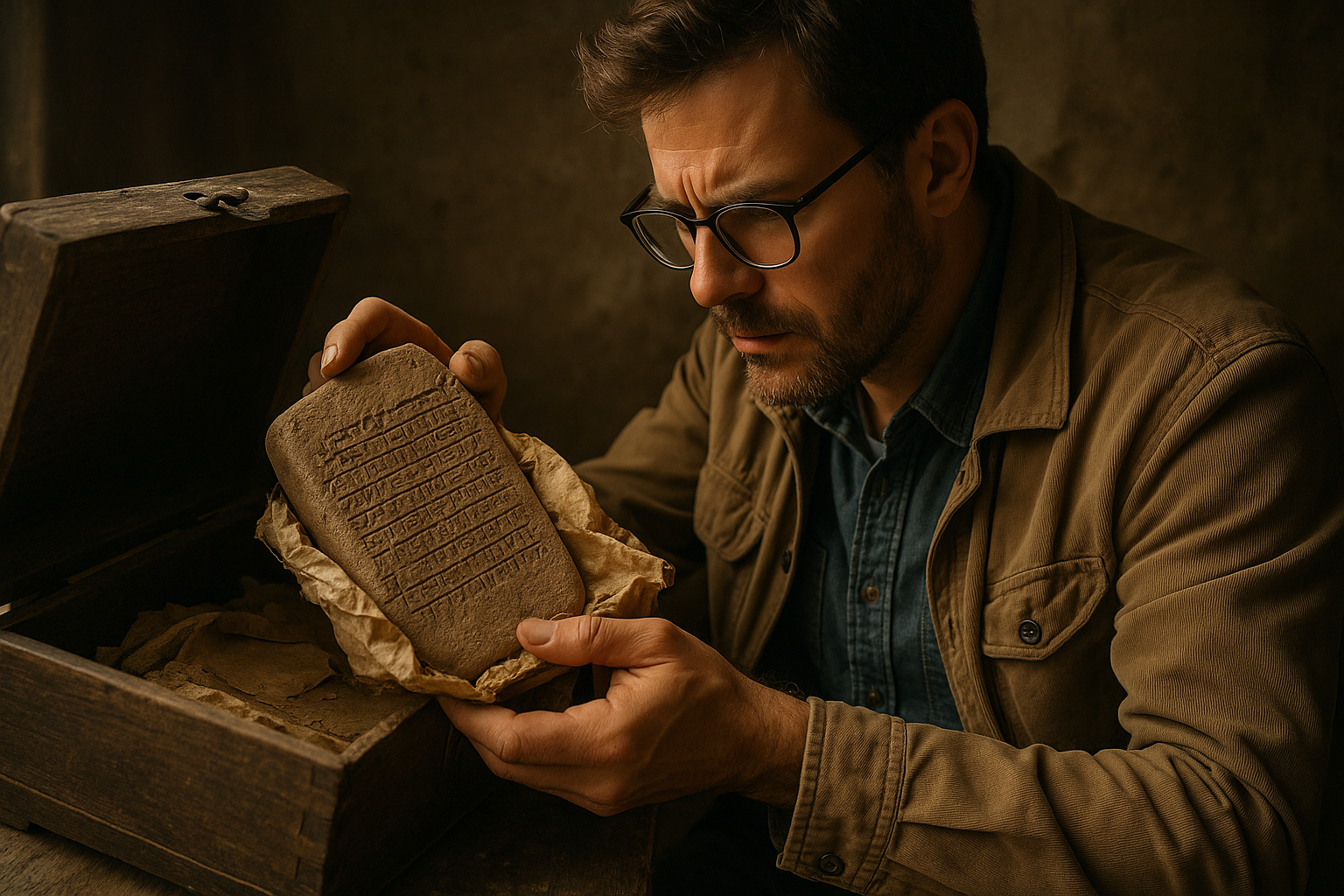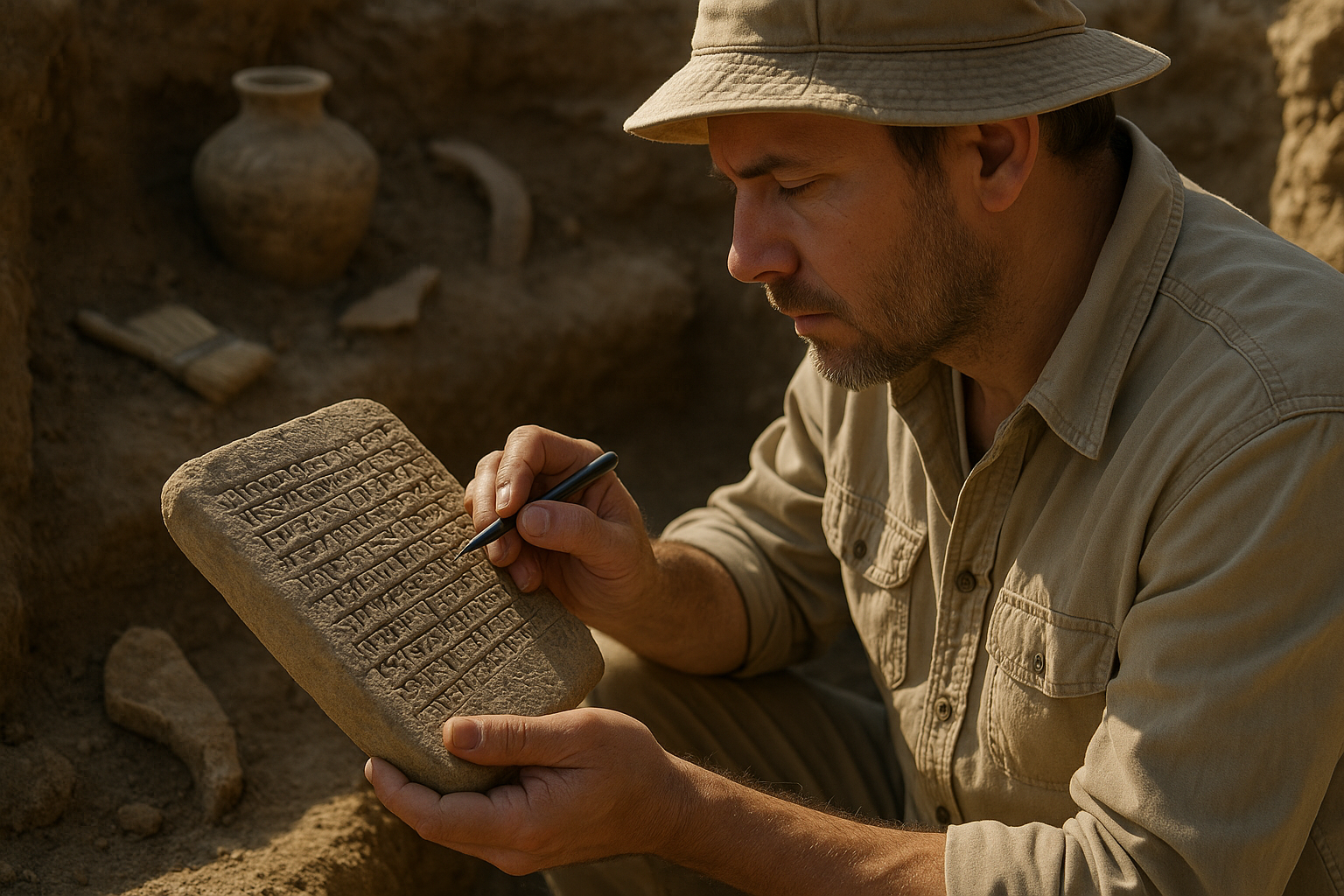Ancient archives hold secrets sealed by wax and metal—symbols of power, authenticity, and permanence that have preserved history for millennia. ✨
The practice of securing documents with wax seals and metal attachments represents one of humanity’s most enduring methods of authentication. From royal decrees to personal correspondence, these physical markers have served as guardians of information, protecting the integrity of written records across centuries. Understanding their role illuminates not only the technical aspects of archival preservation but also the cultural, political, and social dimensions of historical documentation.
🔐 The Ancient Art of Sealing Documents
Wax seals emerged as a sophisticated solution to a fundamental problem: how could senders ensure their messages remained confidential and unaltered during transit? The earliest evidence of seal usage dates back to ancient Mesopotamia, where clay impressions authenticated documents as early as 3500 BCE. However, it was the development of wax sealing that truly revolutionized document security.
The process involved heating sealing wax—traditionally made from beeswax, resin, and various pigments—and applying it to the closure point of a document. Before the wax cooled, a signet ring or seal matrix would be pressed into it, leaving a unique impression that served as both a signature and a tamper-evident closure.
The Chemistry Behind Preservation
The longevity of wax seals in archives owes much to their chemical composition. Beeswax, the primary component in most historical seals, possesses remarkable stability. Its hydrophobic nature repels moisture, while its resistance to oxidation prevents rapid degradation. Medieval scribes often enhanced these properties by adding shellac, turpentine, or vermillion, creating seals that could withstand centuries of storage.
Archivists today marvel at the preservation capabilities of these ancient materials. Many wax seals from the medieval period remain intact, their intricate details still visible despite exposure to varying environmental conditions over hundreds of years.
⚔️ Metals as Guardians of Authenticity
While wax provided the seal itself, metals played an equally crucial role in ancient archiving systems. Lead, silver, gold, and bronze were incorporated into document preservation through various mechanisms, each serving distinct purposes in the authentication and protection of records.
Bullae: The Metal Protectors
Roman archives extensively used bullae—hollow metal spheres that encased wax seals. These protective casings, typically made from lead or precious metals, served multiple functions. They shielded the delicate wax impressions from physical damage, added an additional layer of authentication through their own unique characteristics, and signified the importance of the enclosed document.
The weight and composition of a bulla often indicated the document’s significance. Golden bullae accompanied papal documents of utmost importance, giving rise to the term “Golden Bull” for particularly significant papal edicts. The most famous example remains the Golden Bull of 1356, which established constitutional principles for the Holy Roman Empire.
Metal Seals and State Authority
Governments and institutions developed elaborate systems of metal seals to authenticate official documents. The Great Seal of England, cast in silver, has validated royal documents since the 11th century. These heavy metal matrices required special presses to create impressions, making forgery exceptionally difficult.
Byzantine emperors employed lead seals called molybdoboulla, which were attached to documents by silk or hemp cords. Each seal bore imperial insignia on one side and relevant text on the reverse, creating a dual-authentication system that was remarkably effective against counterfeiting.
📜 Archival Techniques and Preservation Methods
Ancient archivists understood intuitively what modern conservation science has confirmed: proper storage and handling dramatically extend the lifespan of sealed documents. Archaeological discoveries reveal sophisticated preservation techniques employed by various civilizations.
Environmental Control in Ancient Archives
Roman tabularia—official record repositories—were constructed with ventilation systems and positioned to minimize direct sunlight exposure. These buildings often featured thick stone walls that maintained relatively stable temperatures, crucial for preserving both parchment and seals.
Medieval monasteries, which served as Europe’s primary archival institutions for centuries, developed elaborate storage systems. Documents were kept in specially crafted wooden chests lined with cedar, a wood whose aromatic oils naturally repelled insects. The metal hinges and locks on these containers added security while their elevated positioning protected contents from flooding.
🏛️ Regional Variations in Sealing Practices
Different cultures developed unique approaches to document authentication, reflecting their available resources, aesthetic preferences, and bureaucratic needs.
Eastern Traditions
Chinese imperial archives utilized jade seals, or yuxi, which held profound symbolic significance beyond their practical function. The emperor’s jade seal represented the mandate of heaven, making it the ultimate authentication device. These seals were carved with intricate calligraphy and often passed down through dynasties as symbols of legitimate authority.
Persian archives employed elaborate metal seals in combination with distinctive red clay impressions. The Achaemenid Empire developed a sophisticated courier system where sealed documents traveled along the Royal Road, their integrity protected by both the physical seal and the severe penalties imposed on anyone who broke them improperly.
Medieval European Innovations
European chanceries during the High Middle Ages created increasingly complex sealing protocols. Double sealing became common for important documents, where both sender and recipient would apply their seals. This practice evolved into elaborate systems involving multiple witnesses, each adding their own seal to verify the transaction.
The diversity of European heraldic traditions meant that seals became highly individualized. Noble families commissioned intricate signet rings featuring their coats of arms, while ecclesiastical institutions developed distinctive seal designs that indicated their position within church hierarchy.
🔬 Modern Analysis of Ancient Seals
Contemporary technology has revolutionized our ability to study ancient seals and metals without damaging these fragile artifacts. These analytical techniques reveal information invisible to earlier scholars.
Scientific Investigation Methods
X-ray fluorescence spectroscopy allows researchers to determine the precise composition of metal seals without physical sampling. This non-invasive technique has revealed trade patterns by identifying the geographic origins of metals used in different archives.
Gas chromatography-mass spectrometry applied to wax seals identifies their organic components, distinguishing between beeswax, shellac, and various additives. This chemical fingerprinting helps authenticate documents and identify forgeries, as forgers often used different materials than those available during the purported period of creation.
Three-dimensional scanning creates digital models of seal impressions with micrometer precision. These digital archives preserve the exact details of deteriorating seals while enabling researchers worldwide to study them without handling the originals.
🎭 Social and Political Dimensions of Sealing
Beyond their practical functions, wax seals and metals served as powerful tools of social communication and political expression in ancient societies.
The Semiotics of Authentication
Possessing the authority to apply a seal represented significant social capital. The right to seal documents was carefully regulated, with unauthorized use of seals often punished as severely as forgery itself. In many jurisdictions, breaking a seal without proper authority constituted a serious crime, reflecting the symbolic power these objects held.
The imagery chosen for seals communicated messages about identity, authority, and legitimacy. A bishop’s seal might feature his cathedral, asserting his territorial jurisdiction. A merchant’s seal could display his trade mark, simultaneously authenticating documents and advertising his business.
Gender and Sealing Practices
Women’s participation in sealing practices varied across cultures and periods. Medieval European noblewomen regularly used their own seals for property transactions and correspondence. However, the designs often reflected gendered expectations, with women’s seals typically being smaller and featuring more pointed, oval shapes compared to the circular seals used by men.
Byzantine empresses wielded official seals, indicating their participation in governance. The survival of numerous lead seals bearing women’s names demonstrates their active role in administrative and economic life, challenging assumptions about female exclusion from public affairs in ancient societies.
💎 The Economics of Sealing Materials
The materials used for seals reflected and reinforced economic hierarchies. Access to particular substances signaled wealth, status, and institutional power.
Precious Metals and Status
Golden seals remained exclusive to the highest authorities—emperors, popes, and occasionally kings. The material cost alone restricted their use, but the symbolic association of gold with divine authority and incorruptibility added layers of meaning to their application.
Silver seals occupied a middle tier, used by high-ranking nobility and important ecclesiastical officials. The antimicrobial properties of silver, understood empirically if not scientifically by ancient peoples, may have contributed to its popularity for document preservation.
Lead and bronze, being more affordable, were widely employed for routine administrative documents. Despite their lower status, these seals were no less important for daily governance and record-keeping.
The Wax Trade
Beeswax constituted a valuable commodity in pre-modern economies. Monasteries with extensive apiaries held economic advantages, controlling supplies of this essential substance. The quality of beeswax varied considerably, with the finest grades reserved for important seals while lower-quality wax served for routine correspondence.
The color of sealing wax carried meaning: red wax, achieved through vermillion or cinnabar additives, was common for official documents, while black wax might indicate mourning. Green wax sometimes marked financial documents, and white or natural wax could signify private correspondence.
🌍 Archaeological Discoveries and Ongoing Research
Recent archaeological finds continue to enhance our understanding of ancient sealing practices and their evolution across time and space.
Notable Excavations
The discovery of the Mycenaean archives at Pylos revealed an early Greek sealing system using clay nodules impressed with distinctive designs. These Bronze Age administrative records demonstrate the antiquity of sealing practices in European bureaucracy.
Excavations at ancient Pompeii preserved wax tablets with intact seals, offering rare glimpses of Roman personal and commercial correspondence. The volcanic ash that destroyed the city created ideal preservation conditions, maintaining organic materials that would normally have decomposed.
Middle Eastern archaeological sites continue yielding clay bullae bearing seal impressions, with some specimens dating back nearly 5,000 years. These artifacts illuminate the administrative systems of ancient kingdoms and the evolution of writing itself.
📚 Preservation Challenges for Modern Archivists
Contemporary archivists face unique challenges in preserving historical documents with wax seals and metal attachments. These materials require specialized knowledge and careful handling to prevent deterioration.
Conservation Strategies
Modern climate control systems maintain optimal temperature and humidity levels—typically around 18-20°C and 40-50% relative humidity—to prevent wax from becoming brittle or metal from corroding. These controlled environments mimic the stable conditions that natural stone archives once provided.
Specialized storage materials isolate reactive metals from the documents themselves, preventing acid transfer that could damage parchment or paper. Acid-free interleaving tissues protect fragile seals from mechanical stress during handling.
Digital preservation initiatives create detailed photographic and three-dimensional records of seals before they deteriorate further. These digital surrogates enable research without physical handling, reducing wear on original materials.
🔮 The Legacy of Ancient Sealing Practices
While modern technology has largely superseded physical seals in daily authentication, their legacy persists in contemporary legal and symbolic practices.
Government institutions worldwide maintain official seals used for state documents, continuing traditions that stretch back millennia. The Great Seal of the United States, embossed on treaties and commissions, directly descends from medieval European sealing practices.
Notarial seals and corporate seals preserve the functional aspects of ancient authentication methods, while ceremonial uses of seals maintain their symbolic power. University diplomas often feature embossed seals, connecting academic credentials to medieval traditions of institutional certification.
The language of sealing permeates modern discourse: we “seal” deals, speak of documents being “sealed,” and refer to something being kept “under seal”—phrases that carry forward the authority and finality ancient seals represented.

✨ Unlocking Historical Narratives
The study of wax seals and metals in ancient archives offers more than technical insights into preservation—it opens windows into the minds and societies of our ancestors. Each seal represents a moment when someone sought to authenticate, protect, or dignify their words, creating a physical bond between intention and record.
These artifacts remind us that the challenges of ensuring trust, preventing fraud, and maintaining continuity across time are timeless human concerns. The sophisticated solutions developed by ancient civilizations continue to inform modern approaches to authentication and archival preservation.
As we advance further into digital documentation, understanding these physical authentication methods helps us appreciate both what we’ve gained and what we’ve lost. The tactile certainty of a wax seal, the permanence of a metal bulla, and the personal connection of a signet ring created relationships between people and documents that purely digital signatures cannot fully replicate.
The mysteries of ancient archives—preserved through the power of wax and metal—continue to yield discoveries, reminding us that the past remains present in these enduring materials. They stand as testament to human ingenuity in creating systems that could outlast empires, carrying voices across centuries with integrity intact. 🏛️
Toni Santos is a temporal researcher and symbolic archaeologist specializing in the study of forgotten burial systems, sacred archival practices, and the visual languages embedded in ancient temporal lore. Through an interdisciplinary and artifact-focused lens, Toni investigates how humanity has encoded knowledge, memory, and mystery into the temporal world — across cultures, rituals, and vanished civilizations. His work is grounded in a fascination with time capsules not only as vessels, but as carriers of hidden meaning. From extinct burial ritual practices to mythical codices and secret temporal seals, Toni uncovers the visual and symbolic tools through which cultures preserved their relationship with the temporal unknown. With a background in design semiotics and temporal artifact history, Toni blends visual analysis with archival research to reveal how time capsules were used to shape identity, transmit memory, and encode sacred knowledge. As the creative mind behind eltonxy, Toni curates illustrated chronologies, speculative temporal studies, and symbolic interpretations that revive the deep cultural ties between artifacts, ritual markings, and forgotten messages. His work is a tribute to: The lost temporal wisdom of Forgotten Time Capsule Burial Rituals The guarded archives of Sacred Codices and Forgotten Temporal Archives The mythopoetic presence of Temporal Symbols and Ritual Markings The layered visual language of Vanished Artifacts and Temporal Messages Whether you're a temporal historian, symbolic researcher, or curious gatherer of forgotten chronological wisdom, Toni invites you to explore the hidden roots of time capsule knowledge — one seal, one glyph, one message at a time.




